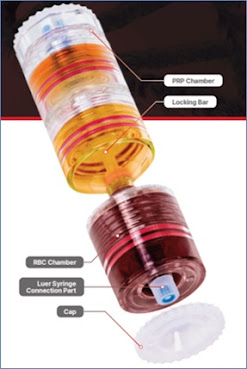PRP Stem Cell Therapy for Bone Marrow Stem Cells Isolation in the Field of Regenerative Medicine | REVMED
Revmed, a biotechnology company, has developed a technique to isolate and concentrate stem cells from blood, bone marrow, and body fat. The goal is to boost Korea's technological competitiveness in the global market in a new era of safe and efficient stem cell treatment. The biotech sector requires at least ten years of dedicated work. It demands significant perseverance and effort as it involves creating, validating, and securing approvals for safety and efficacy evaluations from national and international regulatory agencies. This approach calls for commitment and patience.
However, the former Revmed members have achieved significant milestones through perseverance and unity, driven by a mission to extend human life and conquer diseases. These achievements have laid the groundwork for the company's future global expansion. Revmed aims to create an environment where "sharing the dream" is possible, a place where everyone can fulfill their goals and aspirations.
Revmed's PRP Stem Cell Therapy
Revmed uses the TriCell PRP for thebone marrow stem cells isolation. TriCell PRP is a product used to separate the buffy coat containing a large number of platelets from blood samples, with three cells in one product, allowing plasma or platelets to be separated and concentrated from the blood through two centrifugation processes using each cell.
It has been applied in various fields, including orthopedics, sports medicine, dentistry, neurosurgery, ophthalmology, urology, wound healing, aesthetics, thoracic surgery, and oral and maxillofacial surgery. Initially, it originated as a safe and non-artificial alternative to surgery, and PRP proponents have encouraged its use as an organic treatment that can heal through the use of its natural growth factors.
If you are looking for a PRP bone marrow stem cells therapy, you can find it on Revmed
Click here to contact REVMED
View more: PRP Stem Cell Therapy for Bone Marrow Stem Cells Isolation




Comments
Post a Comment